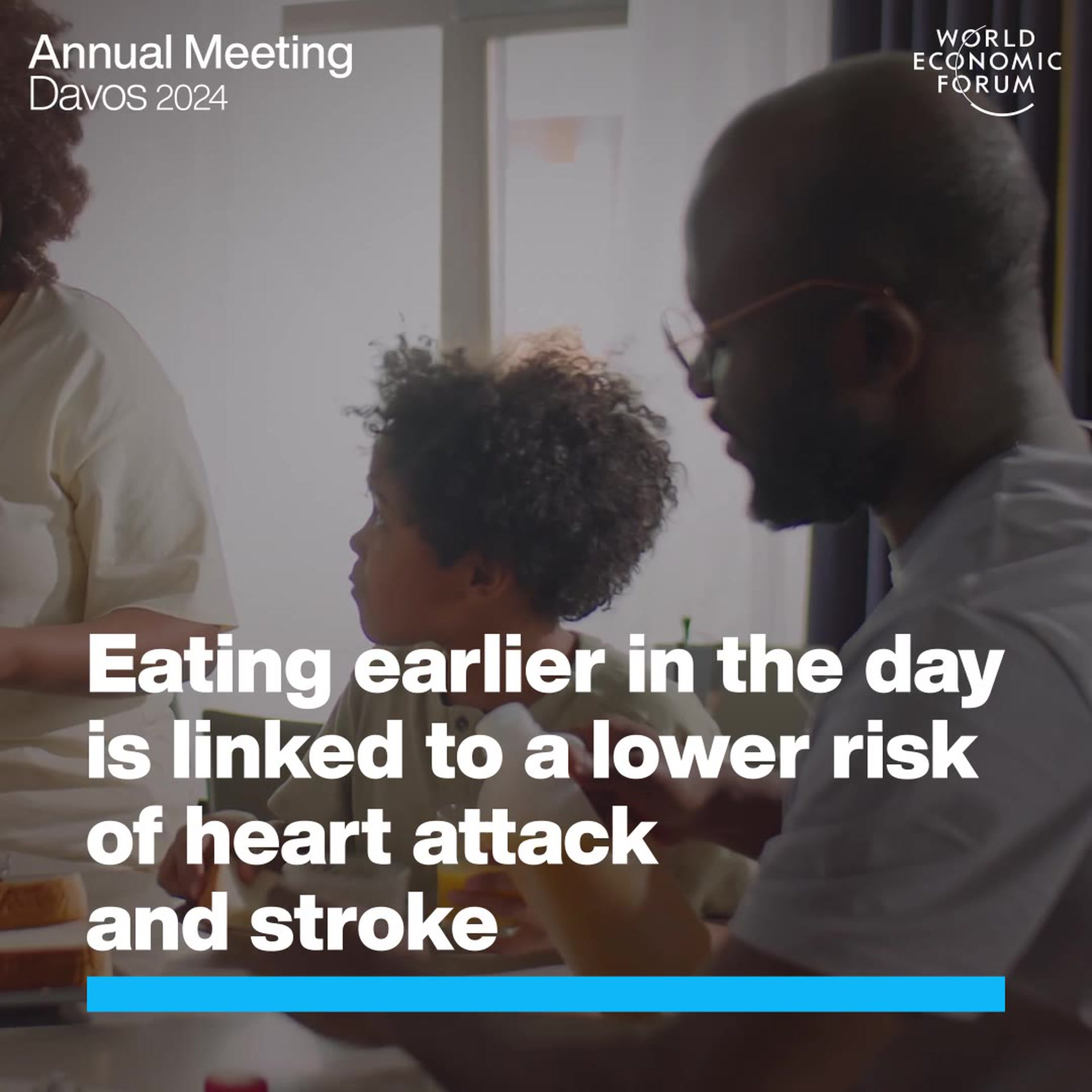Which personality types are most likely to clash at work?


Get involved with our crowdsourced digital platform to deliver impact at scale
Stay up to date:
Behavioural Sciences
Conflict at work is inevitable, but some personalities are more likely to clash than others.
According to a recent Wall Street Journal article, some financial firms are experiencing high levels of workplace conflict now that more advisers are working in teams.
To cope with that discord, one company — Wells Fargo — recruited Tim Ursiny, Ph.D., a business psychologist and the founder of Advantage Coaching, to help employees deal with negativity.
Ursiny tells Business Insider that conflict within business teams often stems from personality differences.
He says there are two basic personality continuums: impulsive/outspoken vs. methodical/reserved, and skeptical/questioning vs. warm/accepting.
People tend to fall in the following categories:
- Dominant: Those who are impulsive and skeptical. They tend to be very direct and prefer immediate results.
- Conscientious: Those who are methodical and skeptical. They are typically detail-oriented and highly analytical.
- Influential: Those who are impulsive and warm. They enjoy group work and generate enthusiasm for projects.
- Steady: Those who are methodical and warm. They are patient and seek harmony in their work environments.
Here’s an illustration adapted from materials by John Wiley & Sons:
DiSC® is copyright by John Wiley & Sons, Inc. All rights reserved
According to Ursiny, conflict typically occurs between opposite personality types. That means dominant and steady personalities clash, and conscientious and influential personalities clash.
Dominant and steady personalities often butt heads because dominant people tend to be overtly aggressive, while steady people are more passive-aggressive. And while dominant personalities may seem intimidating or impatient, steady personalities may seem indecisive and hesitant to enact change.
Conscientious and influential people are often at odds because conscientious types may be perceived as overly perfectionistic or concerned with the rules. On the other hand, influential people may seem like they aren’t attentive enough to details.
Ursiny adds that dominant people tend to experience more conflicts than other personality types, largely because they’re more assertive.
When he’s dealing with a business team, Ursiny says he typically asks all employees to complete a personality test. Later, he’ll ask everyone to recall a recent conflict with a coworker. “Eighty percent of the time, it’s with the opposite personality,” he says.
For many employees, understanding the different personality types can be enlightening.
“It’s like the ‘aha’ moment,” Ursiny says, noting that some people might say about their coworkers, “I always thought you were just slow!”
Once you’ve pinpointed your personality type, you can tweak the way you express yourself at work to minimize the chances of conflict.
For example, dominant personalities can try being more patient and asking more questions, while steady personalities can work on becoming more assertive. Similarly, influential personalities can practice being better listeners and more organized, and conscientious personalities can be more flexible and encourage creativity in others.
Most importantly, Ursiny emphasizes that people with different personality types simply “see the world differently. There’s no right or wrong.”
This article is published in collaboration with Business Insider UK. Publication does not imply endorsement of views by the World Economic Forum.
To keep up with the Agenda subscribe to our weekly newsletter.
Author: Shana Lebowitz is a Strategy reporter for Business Insider.
Image: A stockbroker looks at stock index numbers on his computer screen at a brokerage firm in Mumbai August 6, 2007. REUTERS/Punit Paranjpe.
Don't miss any update on this topic
Create a free account and access your personalized content collection with our latest publications and analyses.
License and Republishing
World Economic Forum articles may be republished in accordance with the Creative Commons Attribution-NonCommercial-NoDerivatives 4.0 International Public License, and in accordance with our Terms of Use.
The views expressed in this article are those of the author alone and not the World Economic Forum.
Related topics:
The Agenda Weekly
A weekly update of the most important issues driving the global agenda
You can unsubscribe at any time using the link in our emails. For more details, review our privacy policy.
More on Behavioural SciencesSee all
Peter Dizikes
November 27, 2023
Aaron De Smet and Patrick Simon
September 25, 2023
Kate Whiting and Kateryna Gordiychuk
September 6, 2023







